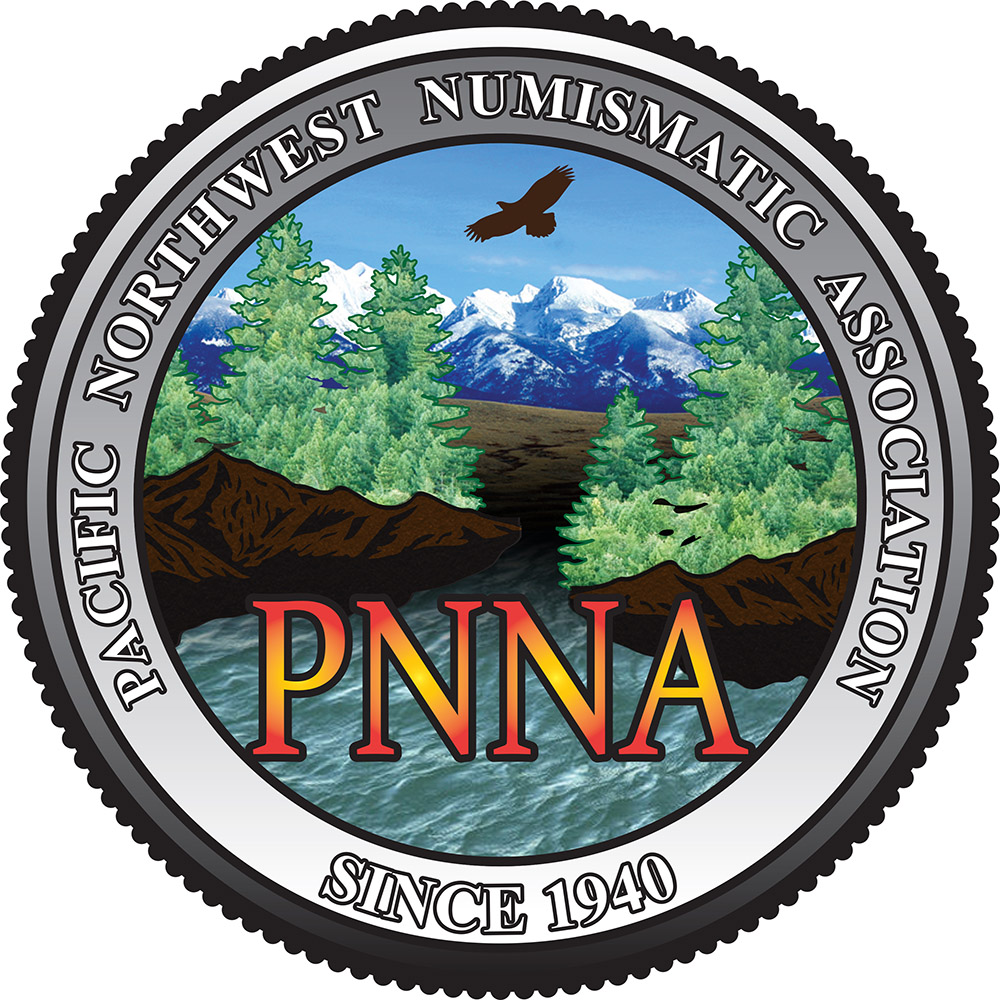Who were the original Nor’westers?
The Story of the North West Company
The story of the North West Company began at least as early as 1763, when France ceded Canada to England. 2,000 coureurs de bois (wood runners) and voyageurs (travelers) of the old French fur trade joined forces with canny Scottish merchants, and perhaps a few American frontiersmen. Their expertise earned them nicknames including “Master Pedlars” and “the Lords of Lakes and Forests.” No longer needing a license from a French governor, they challenged Hudson’s Bay Company, which had a royal charter, eventually organizing the North West Company (“the Nor’westers”) in 1783.
The North West Company immediately emerged as a great power. Led by such men as Isaac Todd, James McGill, Benjamin and Joseph Frobisher, Simon McFavish, Robert Grout, Peter Pond, and Alexander Mackenzie (after whom the river is named), they were the first white men to cross the North American continent. The company was headquartered at Grand Portage at the head of Lake Superior, and later at Kaministiqua (now Fort Williams) Ontario. The company employed 2,000, and owned its own canoes, lake schooners, and ocean ships. It carried goods to and from England, and to markets in the orient. In 1804 the North West Company unsuccessfully attempted to buy Hudson’s Bay Company.
The War of 1812 provided an opportunity for both the Hudson’s Bay Company and the North West Company to fight American traders in the Oregon country. Canadian fur traders, aided by a British gunboat, seized territory as far south as Astoria, Oregon.
Unfortunately many fur traders were unscrupulous and cruel. The North West Company leadership eventually fell into disarray, in large part because of ruthless clashes between traders and settlements. In 1821 the North West Company merged into the Hudson’s Bay Company. The North West Company actually had more posts (97) than the Hudson’s Bay Company (76) at that time. The fur trade gradually diminished during the 1800’s as western settlements became more permanent. The focus of the fur trade shifted to Alaska following its purchase from Russia in 1867.
Original North West Company tokens dated 1820 were issued in copper and brass. The obverse featured a laureate bust of Regent (crowned King George IV in 1820) with the word “TOKEN” above and the date “1820” below. The reverse depicted a beaver with the words “NORTH WEST” above and “COMPANY” below. There was an estimated mintage of 5,000 at the mint of John Walker Co. (Birmingham, England). Their value was “one made beaver” (beaver pelt). The tokens were used in trade between Umpqua trappers and the North West Company’s buyers, presumably at company stores. Holed tokens were worn on a necklace. All survivors of this token issue are rare today, and are usually in low grades. All but one or two known specimens are holed, and all have been found in the regions of the lower Columbia River and Umpqua River valleys in Oregon. The Umpqua River Valley hoard of two dozen pieces was found about 1976.
